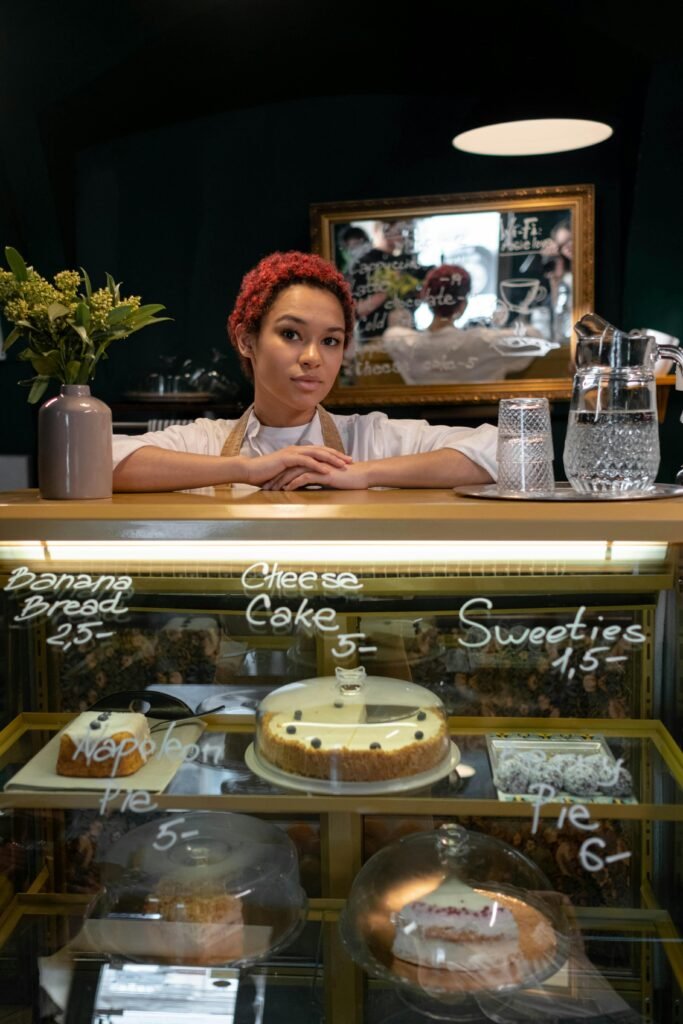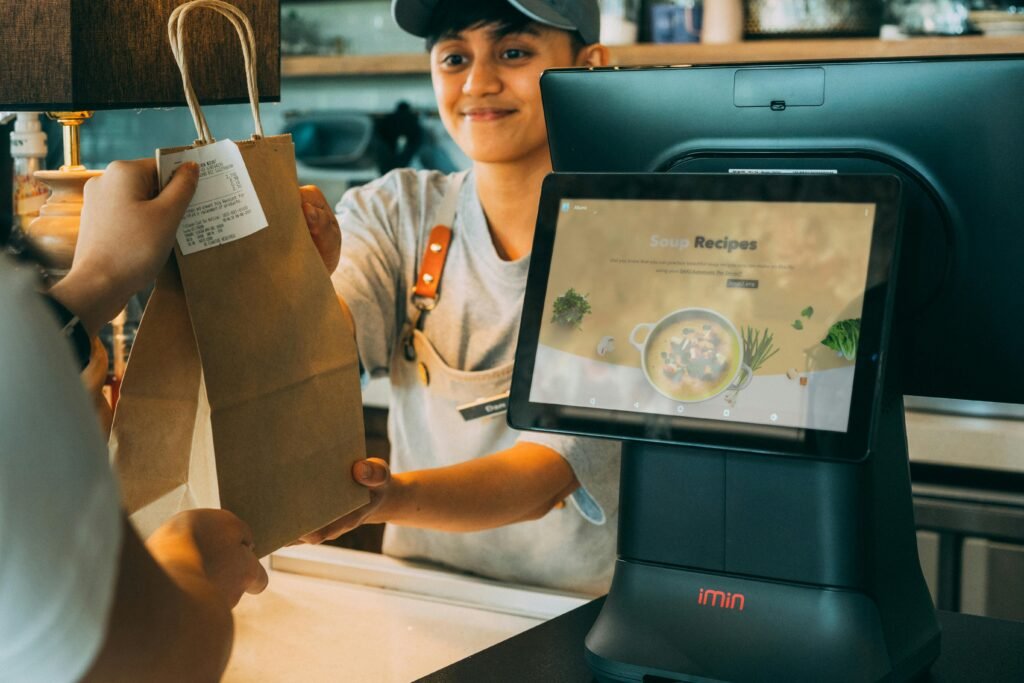In today’s interconnected world, your personal brand is more than just a buzzword—it’s your identity. It’s how you present yourself to the world, what people say about you when you’re not in the room, and how you differentiate yourself from others in your field. Whether you’re climbing the corporate ladder, launching a business, or seeking meaningful connections, your personal brand is the key to unlocking opportunities.
But here’s the thing: your personal brand isn’t something you fabricate; it’s something you uncover. It’s about showcasing your authentic self in a way that resonates with your audience and aligns with your goals.
This blog will guide you through the art of crafting your unique personal brand—one that’s not only memorable but also deeply true to who you are.

Why Your Personal Brand Matters
Think about the world’s most iconic figures: Oprah Winfrey, Elon Musk, or even your favorite local business owner. What makes them stand out? It’s their personal brand. They’ve mastered the art of conveying their values, strengths, and uniqueness in a way that inspires trust and recognition.
Your personal brand does the same for you. Here’s why it’s essential:
- Credibility: A strong brand establishes you as an expert in your field.
- Visibility: It helps you stand out in a crowded marketplace.
- Opportunities: From job offers to partnerships, a compelling brand opens doors.
- Connection: It builds trust and authenticity with your audience.
Step 1: Define Your Core Values and Purpose
Your personal brand starts with self-awareness. To craft an authentic brand, you need to understand what matters most to you.
Questions to Reflect On:
- What are my core values? (e.g., integrity, creativity, innovation)
- What am I passionate about?
- What unique skills or strengths do I bring to the table?
- What problems do I want to solve?
Example:
If you’re passionate about sustainability and have a background in design, your personal brand could center around creating eco-friendly solutions that blend functionality and beauty.

Step 2: Identify Your Audience
A personal brand isn’t built in isolation—it’s crafted with your audience in mind. Who are you trying to reach? Understanding your audience helps you tailor your messaging and connect on a deeper level.
Questions to Consider:
- Who needs what I offer?
- What challenges does my audience face?
- How can I add value to their lives?
Example:
If you’re a financial advisor targeting millennials, your brand might emphasize simplifying finances and building wealth through relatable, jargon-free advice.
Step 3: Craft Your Personal Brand Statement
Your personal brand statement is your elevator pitch—a concise, compelling summary of who you are, what you do, and why it matters.
Formula:
“I help [target audience] achieve [specific outcome] by leveraging my [unique skills/approach].”
Example:
- “I help small business owners grow their brands through innovative marketing strategies and authentic storytelling.”
- “I empower individuals to embrace sustainable living through practical design solutions and eco-friendly practices.”
Your brand statement should be clear, authentic, and aligned with your goals.

Step 4: Showcase Your Expertise
Your personal brand is more than words—it’s about demonstrating your value through action. Share your expertise and experiences in ways that build credibility and trust.
Ways to Share Your Expertise:
- Create Content: Blog posts, videos, or podcasts showcasing your insights.
- Engage on Social Media: Share tips, participate in discussions, and interact with your audience.
- Public Speaking: Offer to present at events, webinars, or conferences.
- Write a Book or eBook: Establish yourself as a thought leader in your niche.
Example:
If your brand is centered on leadership, you might write blogs about overcoming challenges as a leader, share success stories, or post motivational quotes on LinkedIn.
Step 5: Consistency is Key
A memorable personal brand requires consistency across all touchpoints—online and offline. Your audience should recognize you instantly, whether they’re reading your LinkedIn profile or meeting you in person.
Ensure Consistency In:
- Visuals: Use consistent colors, fonts, and imagery across platforms.
- Tone of Voice: Are you formal, conversational, or inspiring? Keep it consistent.
- Values: Stay true to your core values in everything you do.
Tip: Use tools like Canva to create branded templates for social media posts or presentations.

Step 6: Build Relationships
Personal branding isn’t just about self-promotion; it’s about building meaningful relationships. Engage with others in your field, collaborate on projects, and support your peers.
Networking Tips:
- Attend industry events or webinars.
- Join relevant online communities or forums.
- Reach out to mentors or influencers in your niche.
Remember, a strong network amplifies your brand’s reach and impact.
Step 7: Embrace Feedback and Evolve
Your personal brand is a living, breathing entity. As you grow, your brand should evolve with you. Seek feedback from trusted peers, mentors, or even your audience to ensure your brand remains relevant and impactful.
Ask for Feedback On:
- Your online presence (e.g., LinkedIn profile, website).
- Your communication style (e.g., public speaking, writing).
- Your overall brand perception.
Example:
If you receive feedback that your messaging feels unclear, refine your brand statement or content strategy to better resonate with your audience.
Examples of Iconic Personal Brands
Marie Forleo
Marie built her personal brand around helping entrepreneurs create a life and business they love. Her relatable, upbeat personality and actionable advice have made her a household name.
Richard Branson
Branson’s personal brand exudes adventure, innovation, and fearlessness. He’s known not just as a business mogul but as someone who values fun and taking risks.
Brené Brown
Brené’s brand is centered on vulnerability, courage, and connection. Through her research and storytelling, she’s become a trusted voice in personal growth and leadership.
Why Authenticity is Non-Negotiable
In a world full of noise, authenticity is your superpower. People are drawn to genuine, relatable individuals who stay true to their values. Resist the urge to copy others—your uniqueness is what makes your brand compelling.
Authenticity Tips:
- Share personal stories that align with your brand’s mission.
- Be transparent about your journey, including your challenges.
- Let your personality shine in everything you do.
Your Personal Brand: A Journey, Not a Destination
Crafting your personal brand isn’t a one-time task—it’s an ongoing process of self-discovery, expression, and growth. The more intentional you are about defining and living your brand, the more it will resonate with others and open doors you never imagined.
Remember, your personal brand is uniquely yours. Own it, refine it, and let it be a reflection of your values, skills, and aspirations.
Ready to take the first step in building your personal brand? Download our free workbook, Define and Design Your Personal Brand, and start crafting your unique identity today!

